Trending
Crazy pictures of micro-apartments around the world
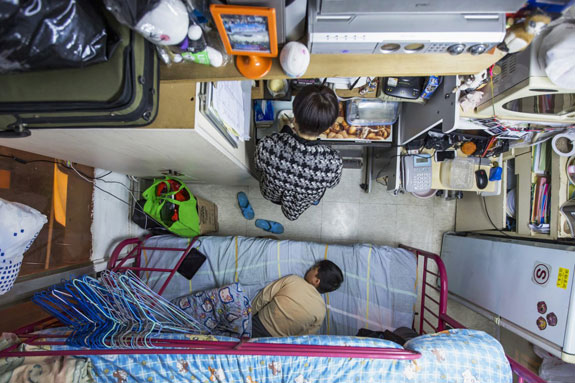
Humanity is increasingly moving into cities, but the earth isn’t getting any bigger. That means our apartments are getting smaller, and our living arrangements denser. Some people get roommates to avoid living in such small spaces. Others, due to poverty or personal obligations, have no choice but to accept their crowded circumstances. We don’t know how they do it, but somehow they make it work.
Wang Cunchun, 90, lives with his 60-year-old son in a 107-square-foot apartment in Shanghai, China.
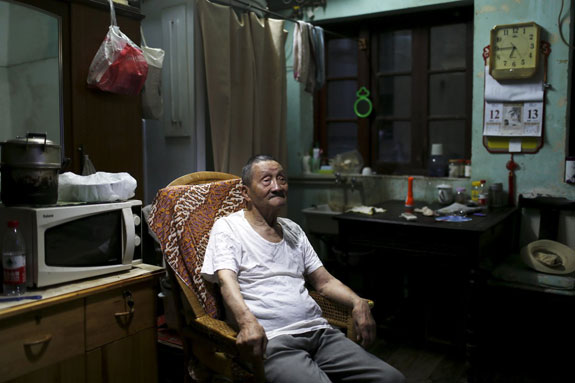
Image credit: Aly Song/Reuters
The Burger family from Los Angeles, California, gets ready in a converted garage in wife Elizabeth Burger’s mother’s home. The family lost their home in 2009 and was forced to sell their possessions.
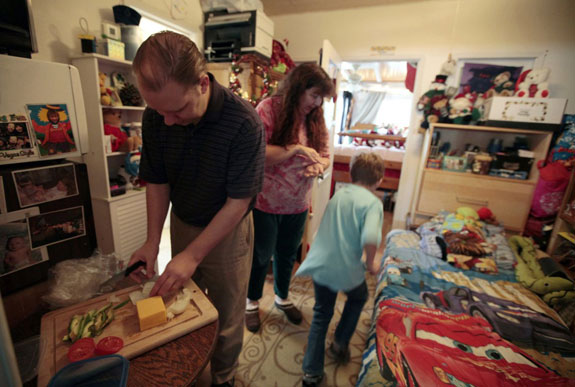
Image credit: Lucy Nicholson/Reuters
Dharavi, a locality in the middle of Mumbai, India, is one of the largest slums in Asia. More than a million people live there.The rent for a 100-square-foot home ranges from $0.04 per square foot to $0.06 per square foot.
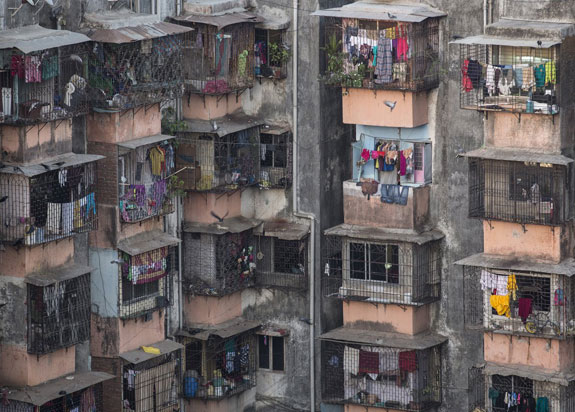
Image credit: Danish Siddiqui/Reuters
In a 60-square-foot apartment in Hong Kong, a mother spends $487 a month to house herself and her son.

Image credit: Tyrone Siu
By comparison, Jon-Christian Stubblefield lives in a spacious 200-square-foot studio in Seattle, Washington. “It was an affordable option living inside the city’s core for under 1,200,” Stubblefield told reporters in 2013.
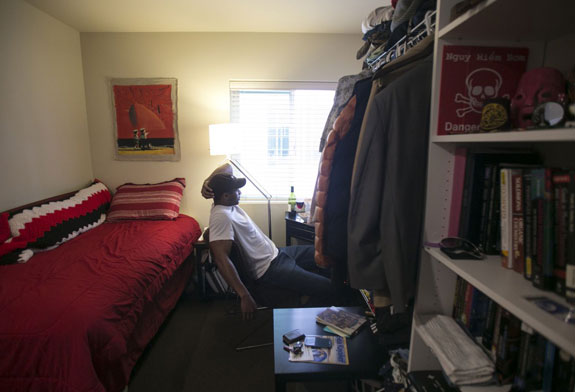
Image credit: Nick Adams/Reuters
In the Chinese city of Hefei, patients who can’t afford a bed at the local hospital are forced to receive treatment in one of the 86-square-foot rooms in a nearby apartment building.
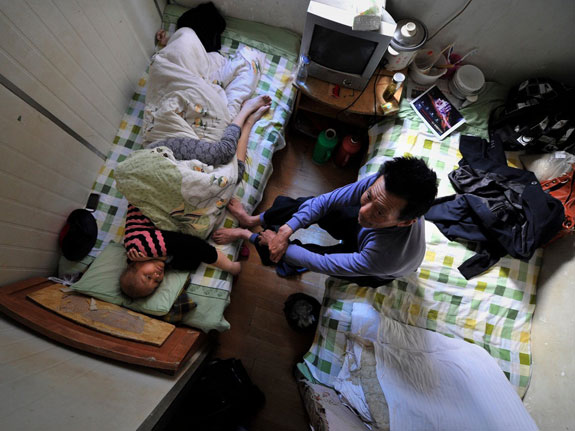
Image credit: Jianan Yu/Reuters
In nearby Hong Kong, the real-estate prices per square foot are so high that people occupy rooms as small as 35 square feet just to live affordably.
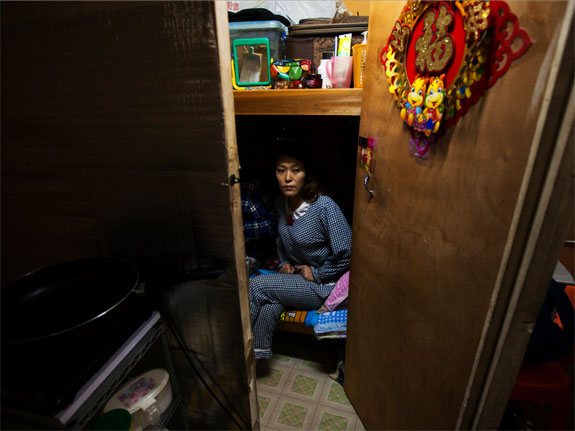
Image credit: Siu Chiu/Reuters
New Yorkers were introduced last year to the city’s first official micro-apartment building near the Manhattan neighborhood of Kips Bay. Each one measures roughly 300 square feet. The modern spaces are designed to maximize flexibility, with telescoping tables and Murphy beds that descend from the wall. Monthly rents range from $2,500 to $2,900.
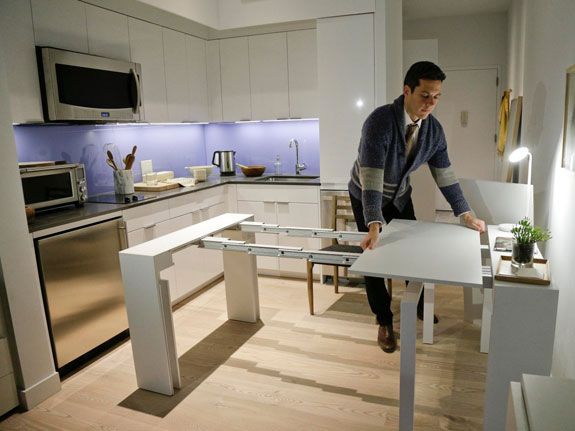
Image credit: AP/Julie Jacobsen
Sometimes even 300 square feet is considered palatial. The Keret House in Warsaw, Poland (named after Israeli writer Edgar Keret) is just 36 inches wide at its narrowest point.
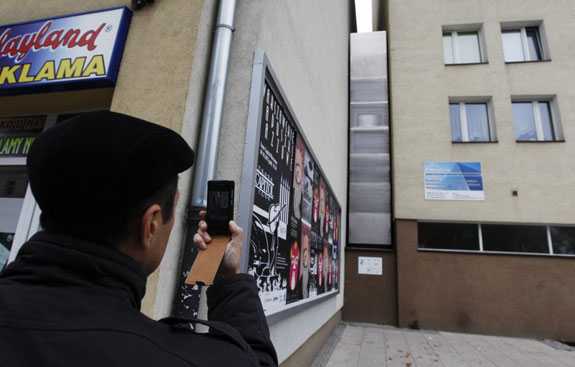
Image credit: Kacper Pempel/Reuters
Kong Kyung-soon, 73, lives in a cramped apartment with just 21 square feet of living space, not including the area for her toilet and hot plate She lives next to the posh Gangnam suburb, in Seoul, South Korea.
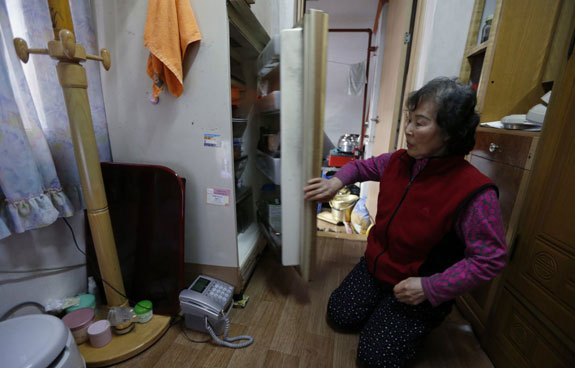
Image credit: Lee Jae Won/Reuters
Inside a 600-square-foot apartment complex in Hong Kong sit 19 units, all measuring less than 25 square feet. They are known as “cubicle homes.” Or, more ominously, “coffin homes.” With rent costing $150 a month, the units are comprised of just two wooden panels set together. Residents are just steps from shopping and financial districts.
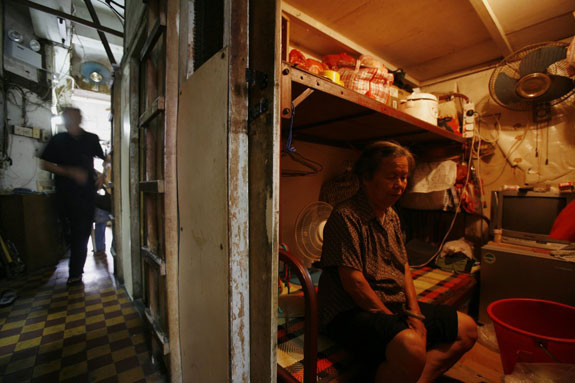
Image credit: Bobby Yip/Reuters
Another style is the “cage home,” a stackable six-foot by two-foot wire box, also located in Hong Kong. Hundreds of elderly men, such as Kong Siu-Kau, live in these conditions. In one such building, up to 12 men can live together in tightly packed cages. The conditions are squalid. There are bed bugs and putrid smells.
Until the Hong Kong government acknowledges the danger of the conditions, however, the best residents can do is protest. The cages are where many will live out their remaining years.
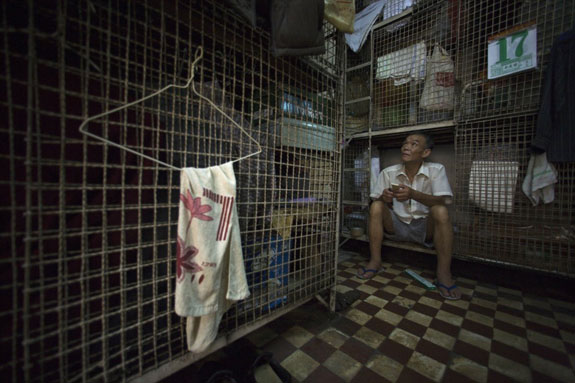
Image credit: Victor Fraile/Reuters
.




